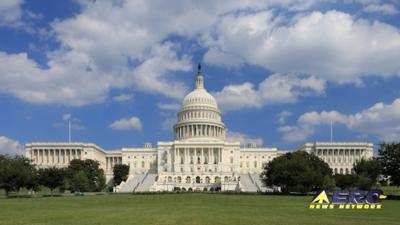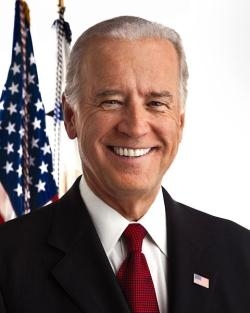Lawmakers Rail Against 'Projection of Weakness'
The White House has stated the Chinese spy balloon the Biden administration permitted to traverse the United States—photographing sensitive military, civilian, and nuclear installations as it proceeded free of impediment from Hawaii to South Carolina—was carrying electronic surveillance technology capable of monitoring U.S. communications.

A senior State Department official conceded the balloon “was capable of conducting signals intelligence collection operations” and was part of a fleet that China had flown over “more than forty countries across five continents.”
“We know the PRC [People’s Republic of China] used these balloons for surveillance,” the official set forth. “High resolution imagery from U-2 flybys revealed that the high-altitude balloon was capable of conducting signals intelligence collection operations.”
The term signals intelligence refers to information gathered by electronic means such as radar and sonar, as well as LF, VHF and UHF communications devices.
Disquieted by the White House’s inaction, U.S. lawmakers, on Thursday, 09 February 2023, passed a resolution condemning China and demanded the Biden administration provide more answers to Congress.
Notwithstanding the latest revelations about the Chinese spy balloon’s capabilities, the Pentagon has insisted the vessel afforded Beijing no intelligence beyond the capabilities of conventional surveillance means—such as spy satellites.
US Northern Command and NORAD commander General Glenn VanHerck prevaricated: “We did not assess that it presented a significant collection hazard beyond what already exists in actionable technical means from the Chinese.”
On 09 February 2023, Representatives of the Biden administration, Pentagon, State Department, and U.S. intelligence community briefed Capitol Hill lawmakers, stating determinations had been made that the spy balloon had provided China’s communist government little new intelligence insomuch as it had stopped transmitting data once the U.S. had learned of its existence.
The Pentagon detected the balloon’s presence some four months before it was sighted by a civilian photographer in the skies over Montana. As the U.S. military concealed news of the balloon from the public until its civilian sighting, it remains unclear when, exactly, the contraption stopped transmitting data to Beijing.

A source privy to the Capitol Hill briefing asserted the balloon provided the Chinese better photographs and signal collection than satellites, and could be more easily steered—and hover longer—over data collection targets.
The White House representatives stated that fear of provoking escalation in diplomatic and military tensions between the U.S. and China had compelled the Biden administration to permit the balloon’s uncontested passage through U.S. sovereign airspace. The representatives explained that Joe Biden had deferred his Commander In Chief (CIC) authority to the Pentagon, instructing U.S. military leaders to shoot down the balloon when they felt it was safe to do so.
Tensions flared during the briefing, with several Republican lawmakers railing against the Biden administration’s failure to preserve U.S. national security.
Elsewhere on Capitol Hill, Senators pushed defense officials at an Appropriations Committee hearing—with Senator Jon Tester (Democrat, Montana) expressing his disbelief that the Biden White House could state unequivocally that the Chinese spy balloon presented no military threat to the United States.
Senator Tester stated: “We don’t understand because quite frankly, we have been briefed in his committee over and over and over again, about the risks that China poses, both economically and militarily. China tends to push the envelope all the time until a line is set down.”
 ANN's Daily Aero-Term (12.19.25): Ultrahigh Frequency (UHF)
ANN's Daily Aero-Term (12.19.25): Ultrahigh Frequency (UHF) NTSB Prelim: Cirrus Design Corp SR22T
NTSB Prelim: Cirrus Design Corp SR22T Classic Aero-TV: The Red Tail Project--Carrying the Torch of the Tuskegee Airmen
Classic Aero-TV: The Red Tail Project--Carrying the Torch of the Tuskegee Airmen Aero-News: Quote of the Day (12.19.25)
Aero-News: Quote of the Day (12.19.25) Airborne 12.17.25: Skydiver Hooks Tail, Cooper Rotax Mount, NTSB v NDAA
Airborne 12.17.25: Skydiver Hooks Tail, Cooper Rotax Mount, NTSB v NDAA




